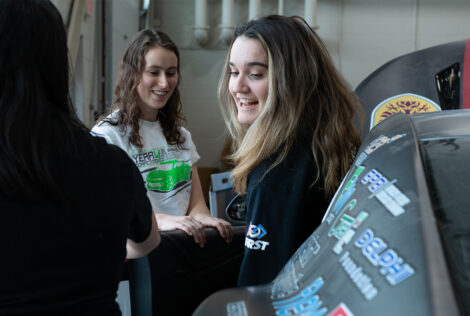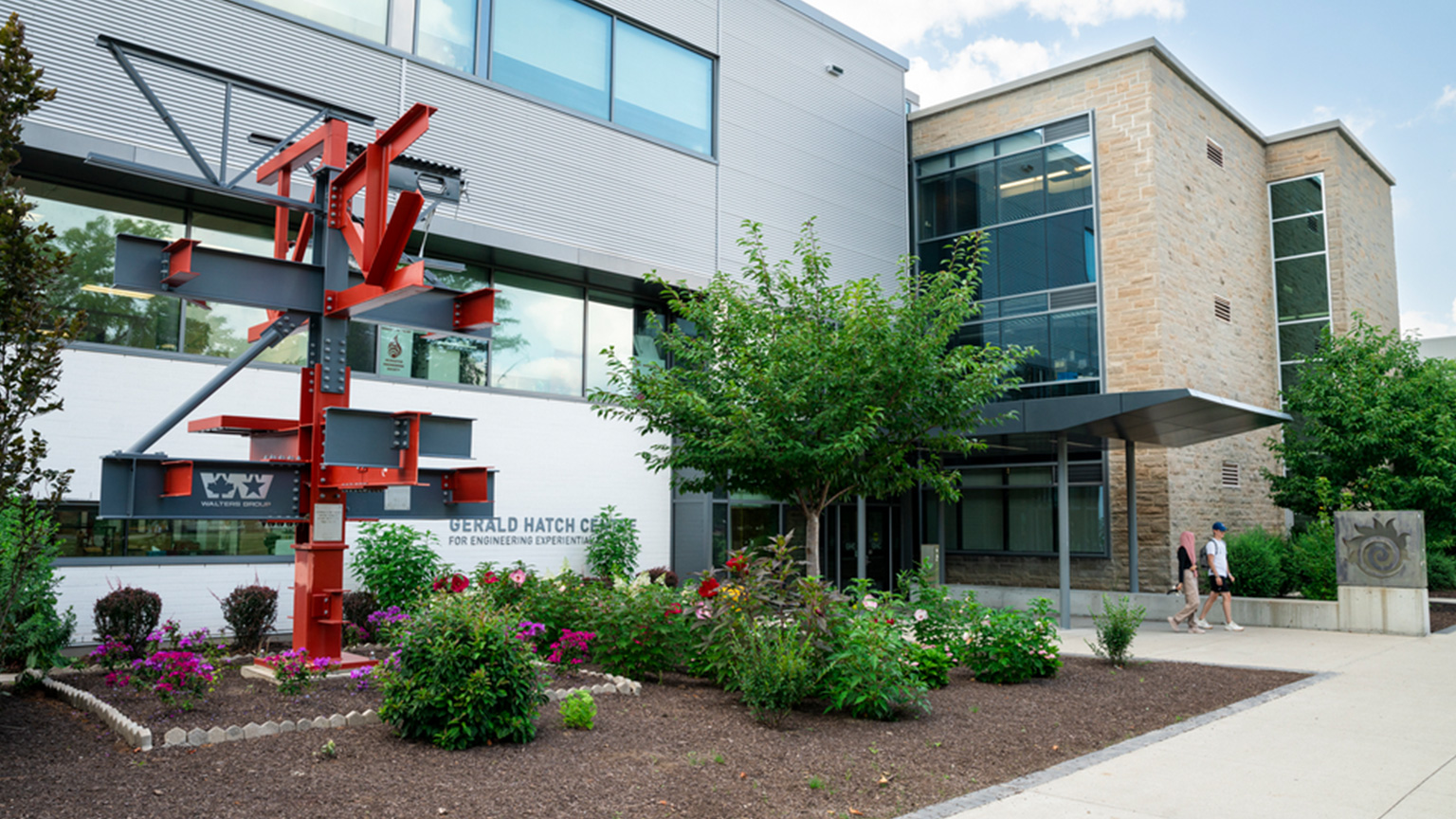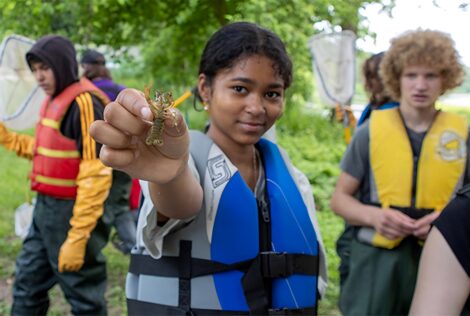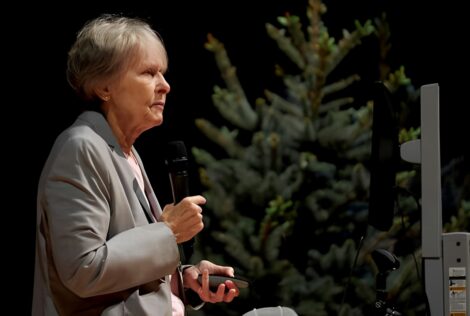

A passion for sharing knowledge and shaping young minds is a widespread trait among McMaster faculty. But for two engineering professors, that passion has taken them far beyond the campus boundaries and touched the lives of elementary and high school students across the region and the country.
Hatem Zurob
No one needs to tell Hatem Zurob that materials engineering is cool. And vital to Canada’s future.
But the chair of McMaster’s Department of Materials Science and Engineering wants to make sure that message is getting out to the country’s young people. And what better way to do that than to inspire their teachers?
That’s why he chairs ASM Materials Camp Canada, an organization that provides free summer camps for teachers to promote engaging ways of delivering science curriculum to keep kids interested in STEM courses.
With ideas ranging from competitions to build the strongest reinforced concrete pucks (to teach about composites), to heating zinc-coated pennies (to demonstrate the creation of alloys), Zurob says the camps share curriculum-related activities that help teachers bring lessons to life.
Locally, the organization has partnered with ArcelorMittal Dofasco to organize Materials Science “boot camps” for both teachers and students. For teachers, the sessions aim to connect high school curriculum topics to real careers.
“We want them to be able to explain to kids that theoretical chemistry has real applications, and if they pursue it further, ultimately they could end up with an amazing job,” he says.
For elementary and high students, the boot camps involve interesting demonstrations of materials science and laboratory equipment, typically conducted by McMaster undergraduate and graduate students trained by Zurob.
“For materials engineering in particular, there isn’t a lot of name recognition, so our goal is to make teachers aware of the opportunity and the careers students can have in materials engineering.”
Christopher Anand
Even today’s youngest students are comfortable using computer software.
Christopher Anand, associate professor of Computer and Software Engineering, wants them to be just as comfortable with the idea of developing software.
Working with a crew of dedicated undergraduate volunteers, Anand brings computer programming workshops to students across the region.
It’s a cause he’s been pouring his effort into for 15 years, and he says there’s a plethora of reasons to teach coding to children at an early age.
The first and most simple reason is that it’s the future. In a society increasingly dependent on technology, the demand for people with skills in software engineering and computer science will only continue to grow.
“I’m not aware of any other area that’s creating jobs as quickly, but where kids don’t really understand what’s involved in doing the work,” he explains.
Building student interest and knowledge may also attract a more diverse range of people to enter in the field, resulting in software that better serves society.
And encouraging kids to think about software development also has a digital literacy component, Anand adds. “It’s good for them to be exposed to making software, not just using software.”
“They should understand how it’s made, be able to question whether it’s serving them, and see that it doesn’t have to work the way it works.”
Finally, evidence shows that learning to code enhances math skills, setting kids up for improved success in the crucial high school math courses necessary for post-secondary STEM studies. In examining the impact of Anand’s program this year, the Hamilton public school board documented that improvement across 14 classes of Grade 4 and 5 students who received at least seven 90 minute coding workshops.


